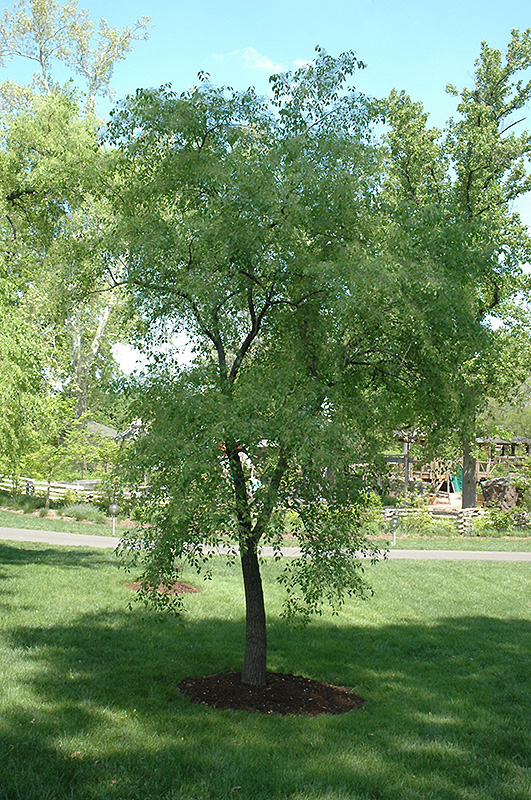Height: 20 feet
Spread: 20 feet
Sunlight:
![]()
![]()
Hardiness Zone: 4a
Other Names: Winterberry Burningbush
Description:
This small ornamental tree features reddish-pink fall color and pink fruit in fall that split open to expose scarlet seeds, extremely effective in mass; an ornamental specimen shrub for the home landscape that's at its best in autumn
Ornamental Features
Winterberry Euonymus has bluish-green deciduous foliage on a plant with an upright spreading habit of growth. The pointy leaves turn an outstanding pink in the fall. It produces red capsules from early to late fall. The warty brown bark and harvest gold branches add an interesting dimension to the landscape.
Landscape Attributes
Winterberry Euonymus is a multi-stemmed deciduous shrub with an upright spreading habit of growth. Its average texture blends into the landscape, but can be balanced by one or two finer or coarser trees or shrubs for an effective composition.
This shrub will require occasional maintenance and upkeep, and is best pruned in late winter once the threat of extreme cold has passed. Gardeners should be aware of the following characteristic(s) that may warrant special consideration;
- Insects
Winterberry Euonymus is recommended for the following landscape applications;
- Accent
- Hedges/Screening
- General Garden Use
Planting & Growing
Winterberry Euonymus will grow to be about 20 feet tall at maturity, with a spread of 20 feet. It tends to be a little leggy, with a typical clearance of 3 feet from the ground, and is suitable for planting under power lines. It grows at a slow rate, and under ideal conditions can be expected to live for 40 years or more.
This shrub does best in full sun to partial shade. It is very adaptable to both dry and moist locations, and should do just fine under average home landscape conditions. It is not particular as to soil type or pH. It is highly tolerant of urban pollution and will even thrive in inner city environments. This species is not originally from North America.







